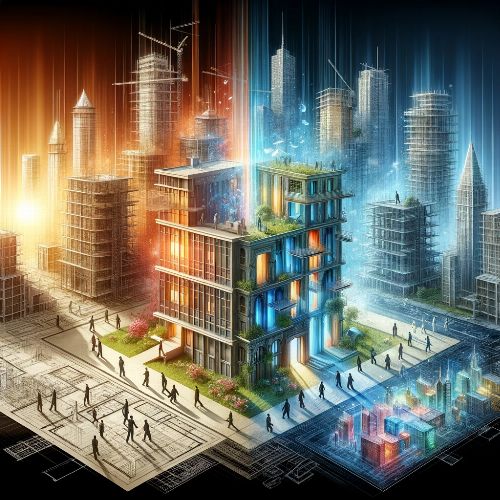BIM (Building Information Modeling) differs from traditional CAD (Computer-Aided Design) in multiple ways:
1. Object-Oriented Modeling:
BIM creates 3D models that are object-oriented rather than simply being lines and arcs on a drawing. This makes it easier to visualize the building and helps in identifying conflicts and errors in designs.
2. Information-Rich Demographics:
BIM provides richer and more extensive demographics, which includes a wide range of information, such as structural, mechanical, electrical, and plumbing data.
3. Collaboration:
BIM facilitates better collaboration across all stakeholders, as data can be shared easily in real-time. This results in fewer errors and better communication among team members.
4. Change Management:
BIM enables easy change management, as the system’s database updates every time a change is made to the model. This makes it easy to quickly evaluate the impact of any changes to the model.
5. Cost-Effective:
BIM is more cost-effective compared to traditional CAD as it helps in reducing errors and rework, thus saving time and money.
6. Performance Analysis:
BIM allows for detailed performance analysis, which helps in identifying and correcting energy inefficiencies in the building design.
Overall, BIM facilitates much better teamwork, better design planning, and insightful evaluation of building models, making it an ideal tool for architects, engineers, and other project stakeholders.
Publication date:

